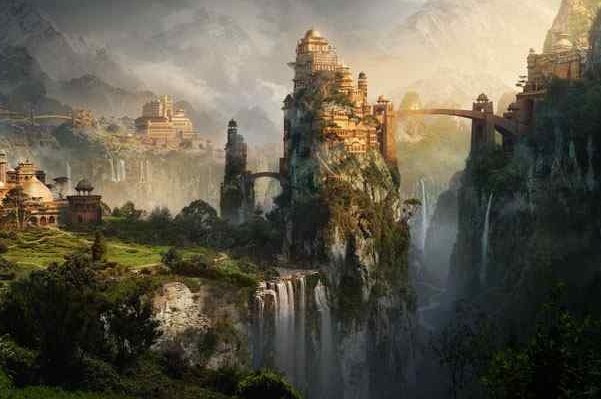Yes. Good guess

Posted on 11/14/2008 4:00:16 PM PST by SunkenCiv
About 5,000 years ago Chandigarh was home to the Harappans. The gently sloping plain, on which the city today exists, was once a part of Himalayas. The stone implements, potsherds, ornaments and copper arrowheads discovered during the excavation in 1950s and 1960s in Chandigarh suggest that the city was once home to Harappans. The relics preserved at the Government Museum and Art Gallery in Chandigarh present a mixed assemblage. On one side, there are inimitable Harappan shapes as the dish-on-stand, pointed goblet, dish basin bearing an inscription in Harappan characters. On the other hand, there are shapes and designs that show both pre-Harappan Kalibangan and Bara tradition, especially in incised decoration...
Twenty-five miles from Chandigarh is Ropar town which was the first site of the Harappan civilization to be excavated in independent India. During excavation at Ropar some remains of houses, made of stone and brick, were also found. A cemetery of this period was found as well. Archaeologists have divided the discoveries at Ropar into seven periods, starting from its first settlement to the medieval period. Before India's partition in 1947, other sites were excavated in Pakistan. Ashvini Agarwal, Chairman of the Department of the Ancient Indian History and Archaeology, said: "When India was partitioned in 1947, we lost almost all Harappan sites to Pakistan. After 1947 Ropar was the first site discovered by Dr. Y. D. Sharma in 1953- 54, which yielded rich repertoire of Harappan antiquities on the banks of Sutlej."
(Excerpt) Read more at newstrackindia.com ...
|
|
|||
Gods |
To all -- please ping me to other topics which are appropriate for the GGG list. |
||
|
· Mirabilis · Texas AM Anthropology News · Yahoo Anthro & Archaeo · · History or Science & Nature Podcasts · Excerpt, or Link only? · cgk's list of ping lists · |
|||
Shangri La???
Yes. Good guess

Not really — Shangri-la is based on stories and ideas about Lhasa and other Tibetan kingdoms. This dates to much earlier: before 1700 BC. The Tibeto-Burmans were still one people at that time.
Disclaimer: Opinions posted on Free Republic are those of the individual posters and do not necessarily represent the opinion of Free Republic or its management. All materials posted herein are protected by copyright law and the exemption for fair use of copyrighted works.